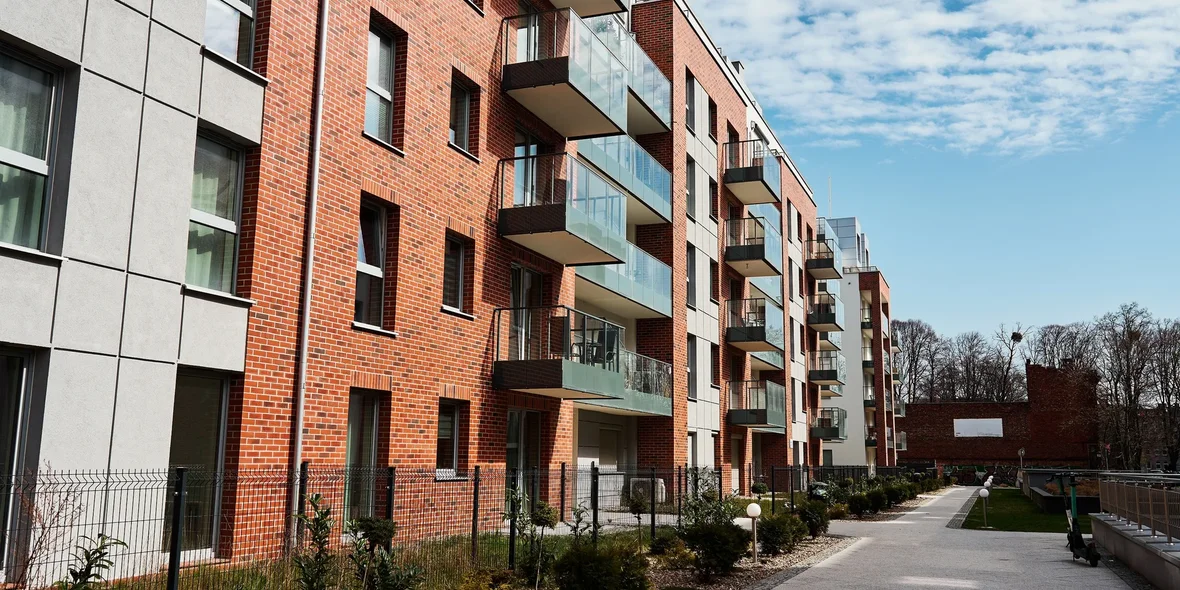
What is a Residential Complex?
Residential complex is a large association of residential buildings located on a single territory and united by a common infrastructure and layout. As a rule, such complexes include apartment buildings, various recreation and leisure facilities, improvement areas and infrastructure that makes the complex self-sufficient. The residential complex is designed in such a way as to provide residents with comfortable and safe living throughout the year, taking into account their needs for household and social services.
The main characteristics of a residential complex are a closed or partially closed territory, security, common areas (for example, parks, playgrounds and sports grounds) and the presence of a management company that services the entire territory.
Types of residential complexes:
- Microdistricts and quarters. These are large residential complexes, often including several blocks with multi-story buildings, retail outlets, schools, kindergartens and sports facilities.
- Gated complexes. This type of residential complex is focused on increased security and privacy. They usually have fences and a system of access control to the territory, including security and video surveillance.
- Premium complexes. They include additional amenities and infrastructure, such as fitness centers, swimming pools, restaurants and parks. They are aimed at residents who want high-level comfort and are willing to pay for it.
Advantages and disadvantages of residential complexes:
- Advantages. High level of comfort and safety thanks to 24-hour security, video surveillance and access control. And also a comprehensive approach to infrastructure — everything necessary for life is located on the territory of the complex.
- Disadvantages. Restrictions and rules set by the management company, for example, in matters of noise, parking and the appearance of balconies. Often higher utility bills due to additional security and cleaning services.








